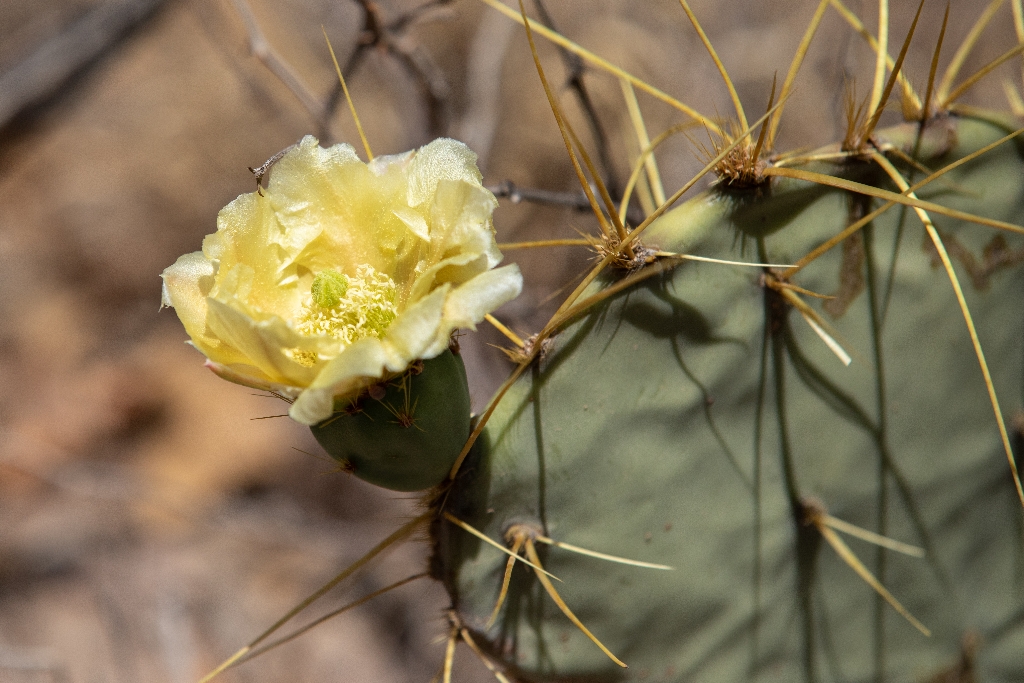
More species of cacti have been identified in Big Bend National Park than in any other national park. Prickly pear cactus are the most common type of cacti found here, but in the lower elevations one can find other varieties such as cholla, rainbow cactus, eagle claw cactus, barrel cactus, and tasajillo. Shallow surface roots collect all available water, which the cactus stores in thick, waxy-covered pads, or stems. The pads are a good source of moisture, fiber, and nutrients for animals that brave the spines. Rodents bite into the edges of the pads between the spines, while javalinas have tough mouths that allow them to eat the entire pad, spines and all. The juicy ripe purple fruits are also a good food source for many animals.
Is there something we missed for this itinerary?
Itineraries across USA
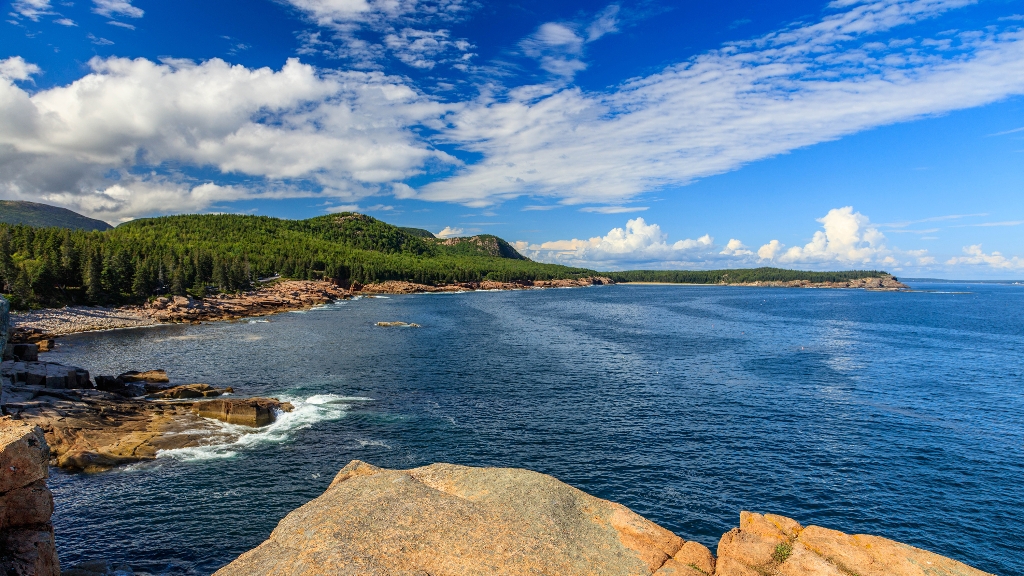
Acadia
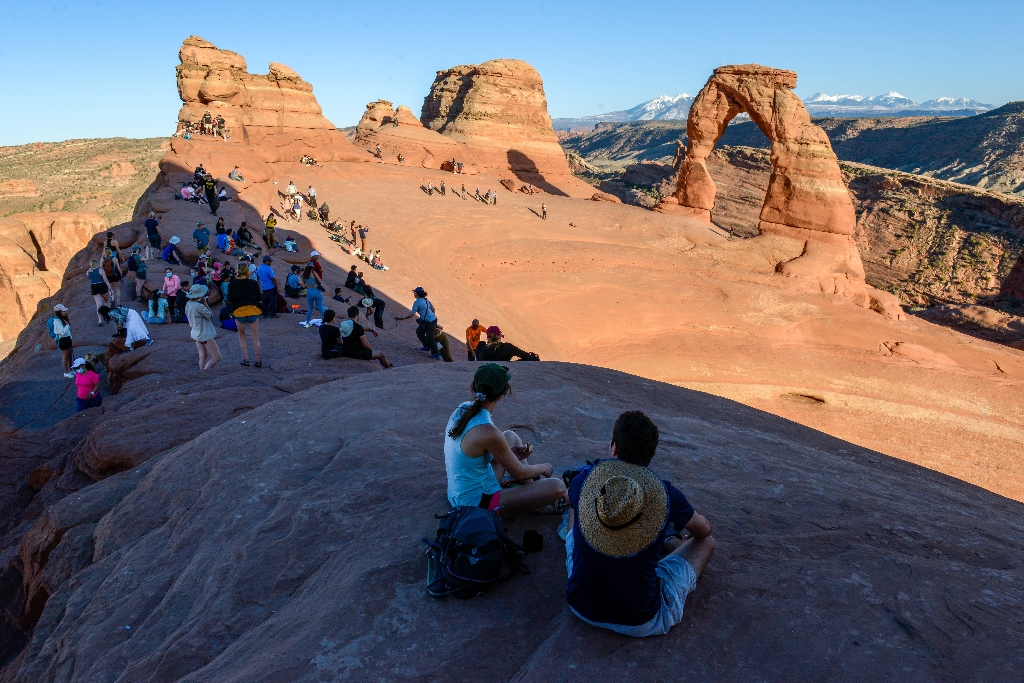
Arches National Park

Badlands
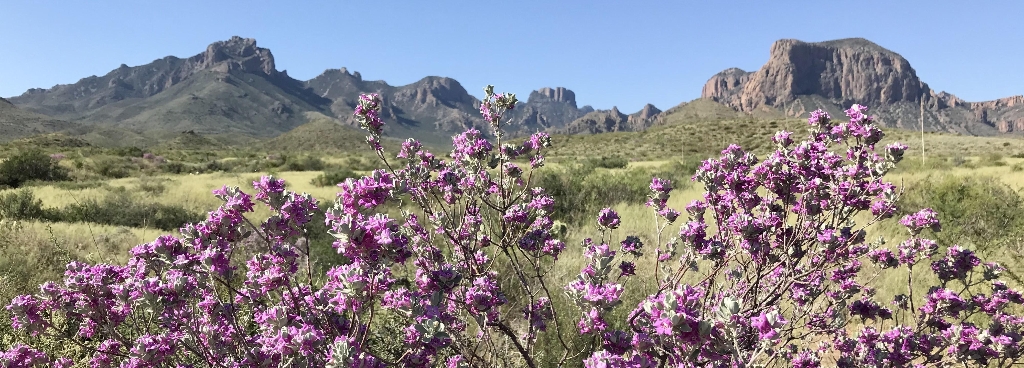
Big Bend
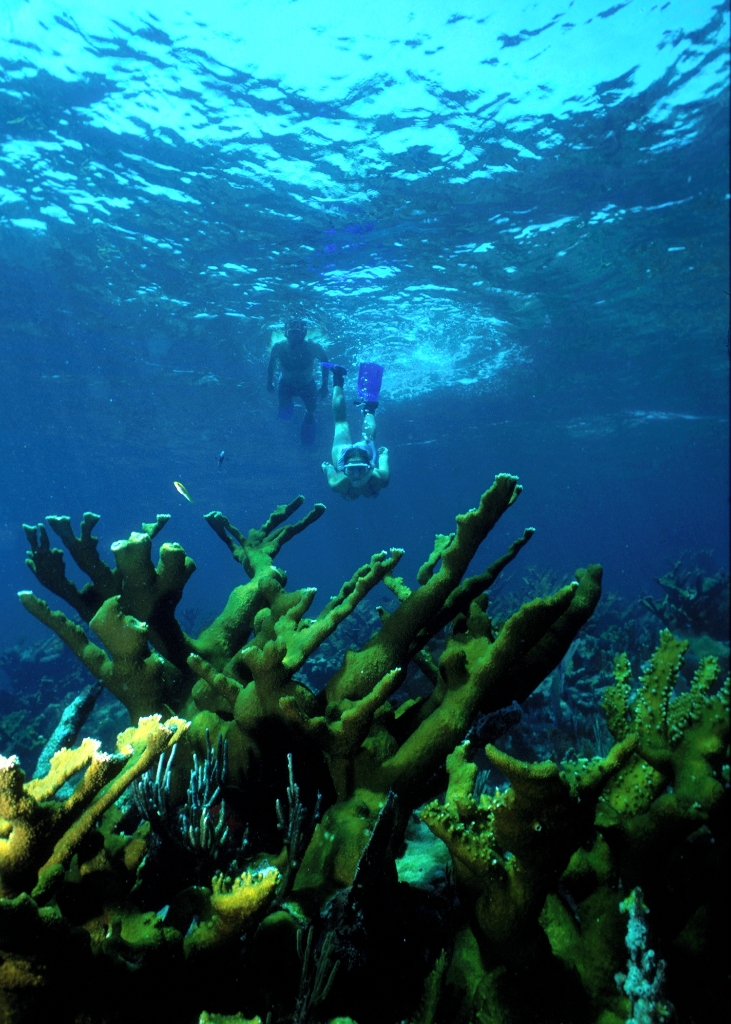
Biscayne

Black Canyon Of The Gunnison
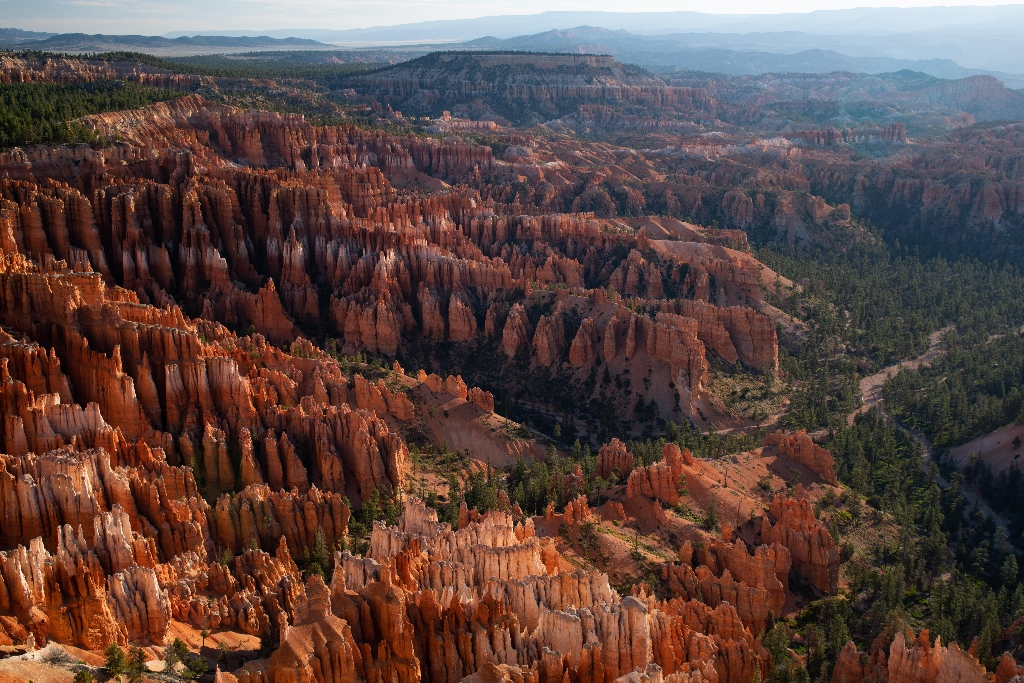
Bryce Canyon
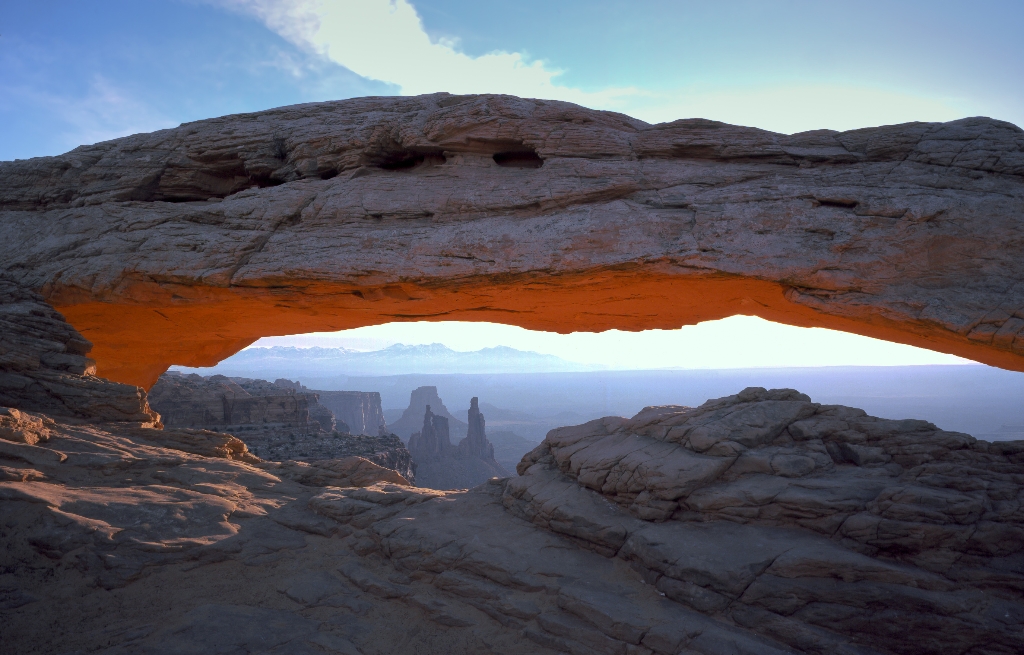
Canyonlands
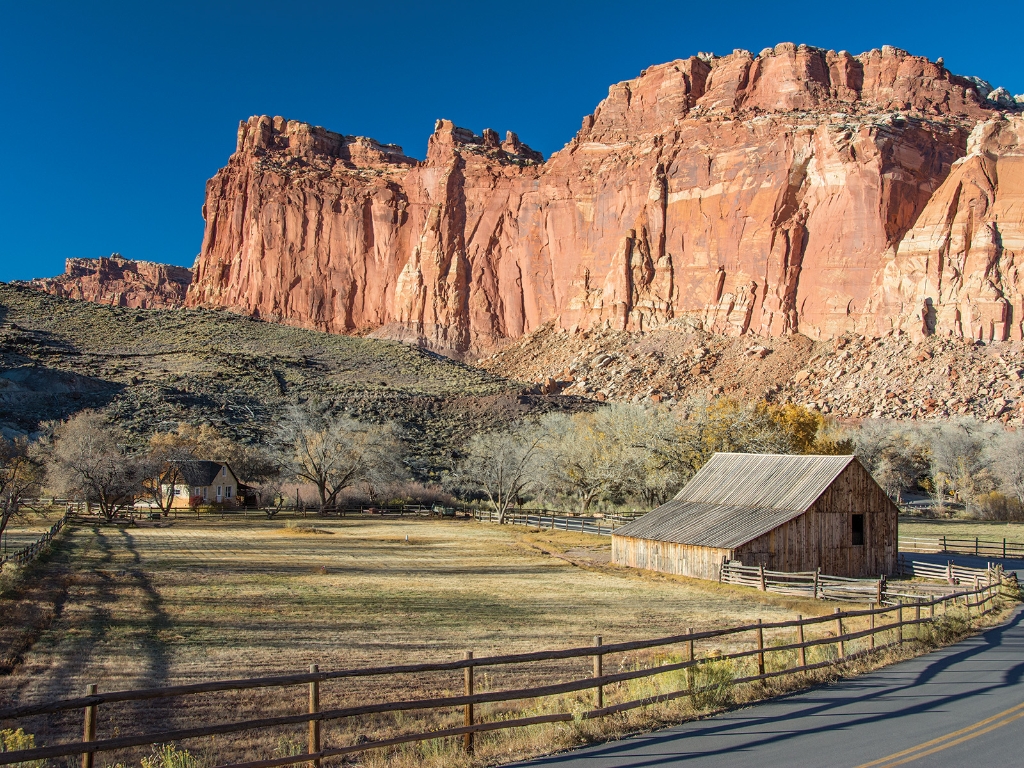
Capitol Reef
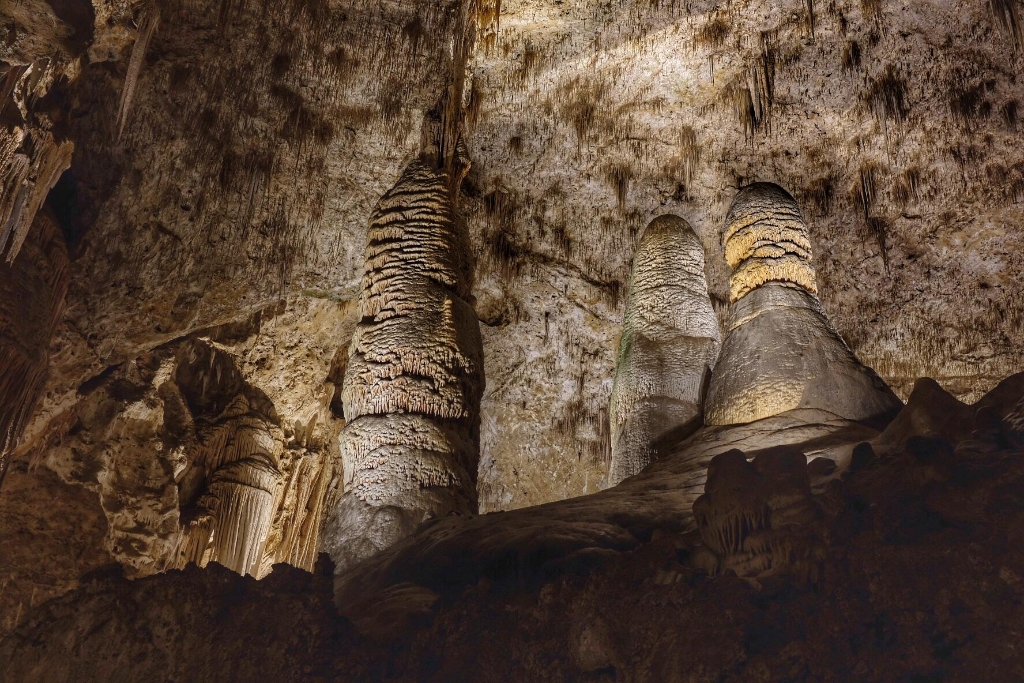
Carlsbad Caverns
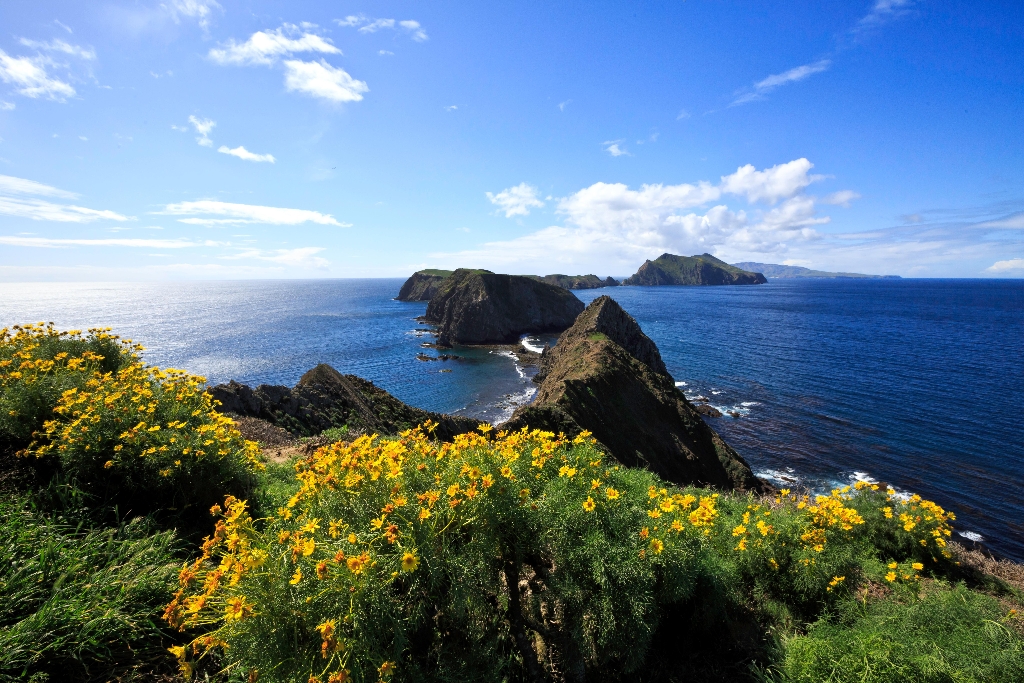
Channel Islands
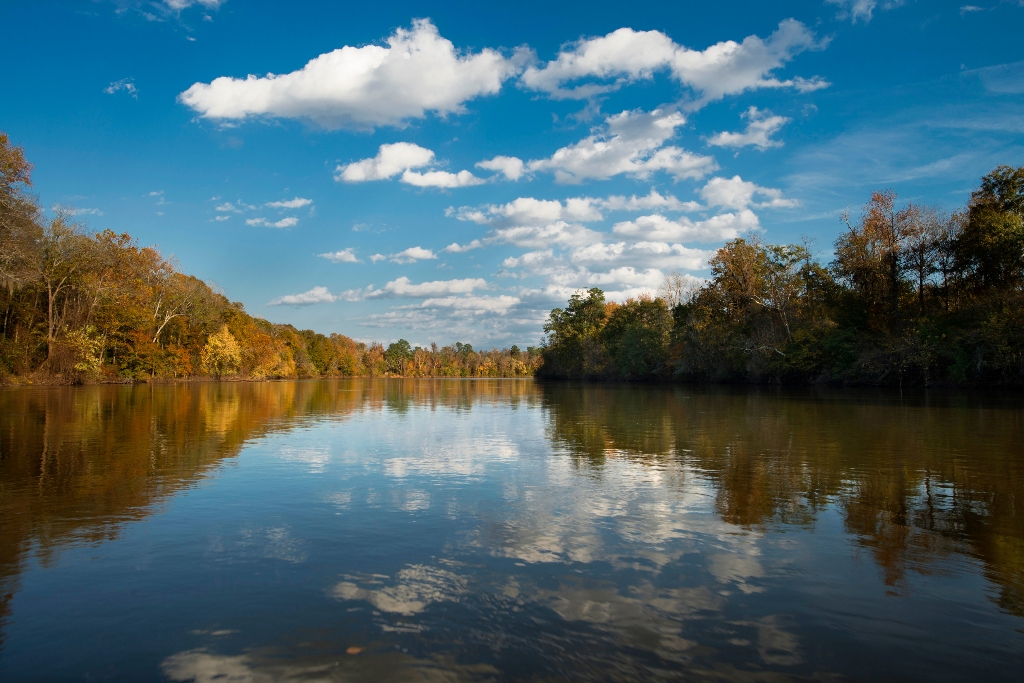
Congaree
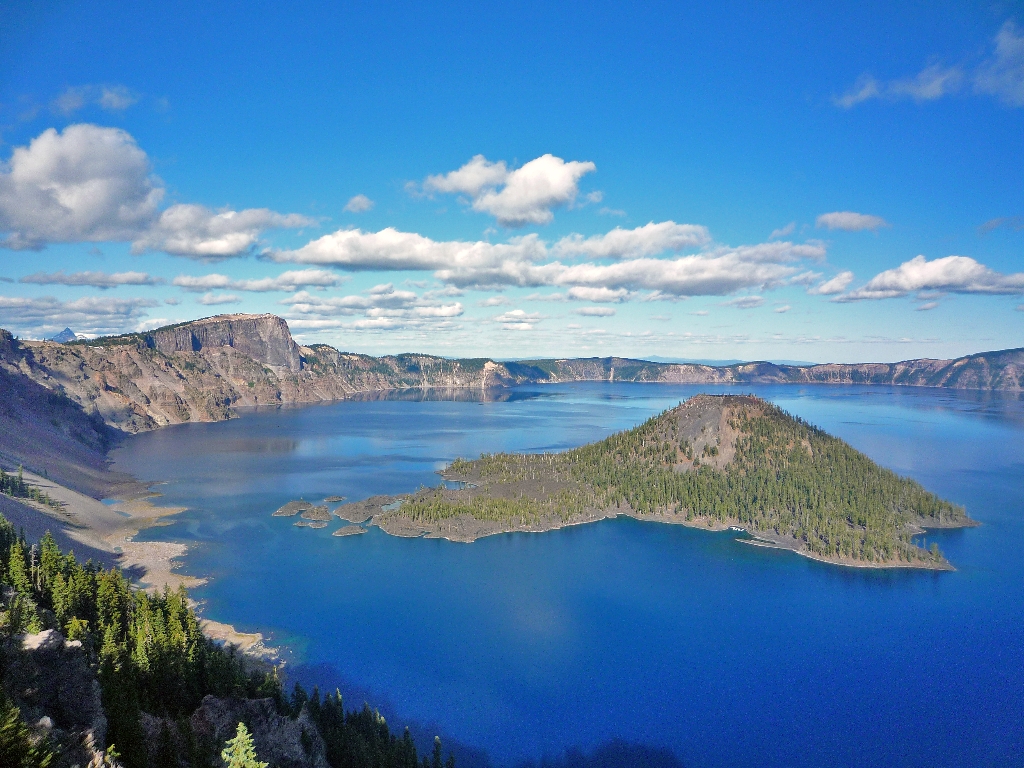
Crater Lake
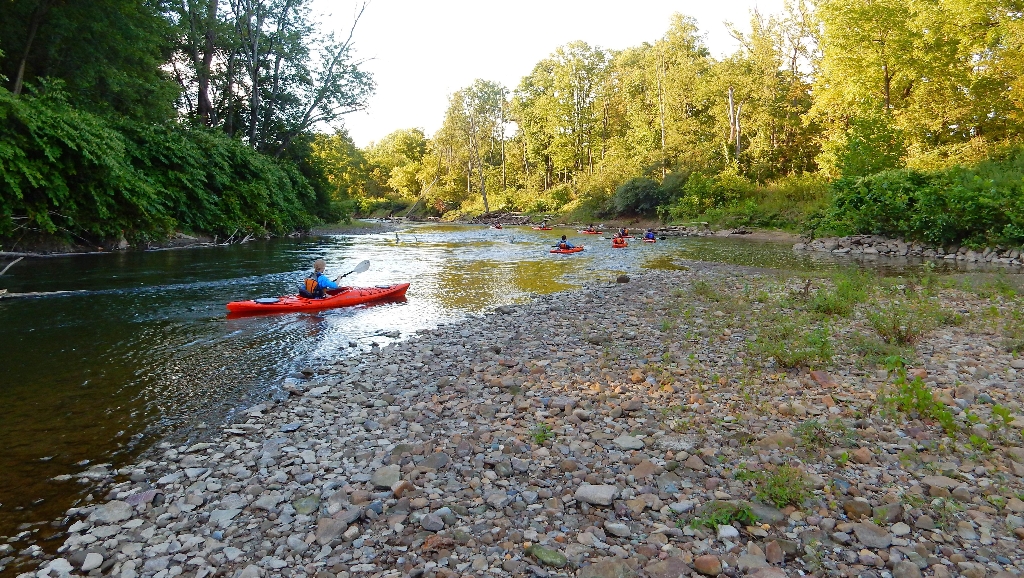
Cuyahoga Valley

Death Valley
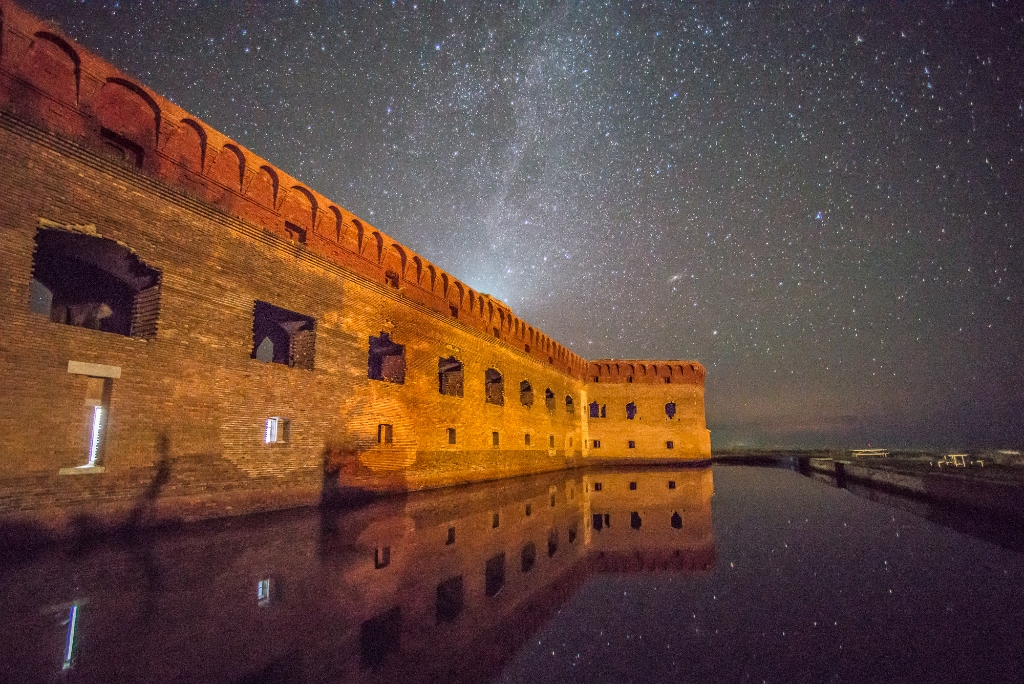
Dry Tortugas
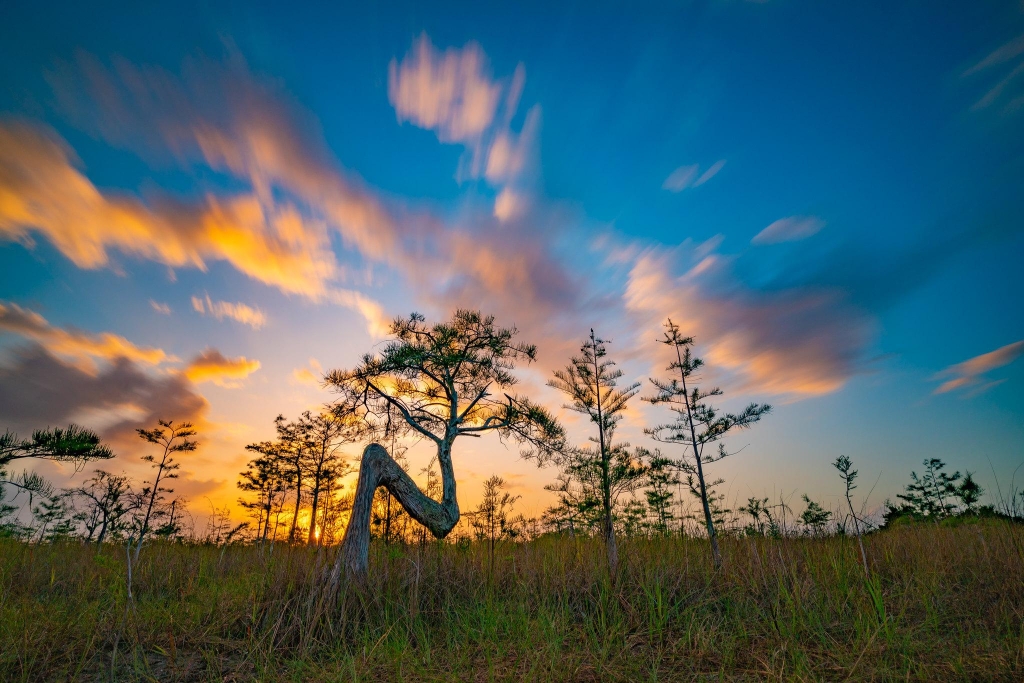
Everglades

Gateway Arch

Glacier
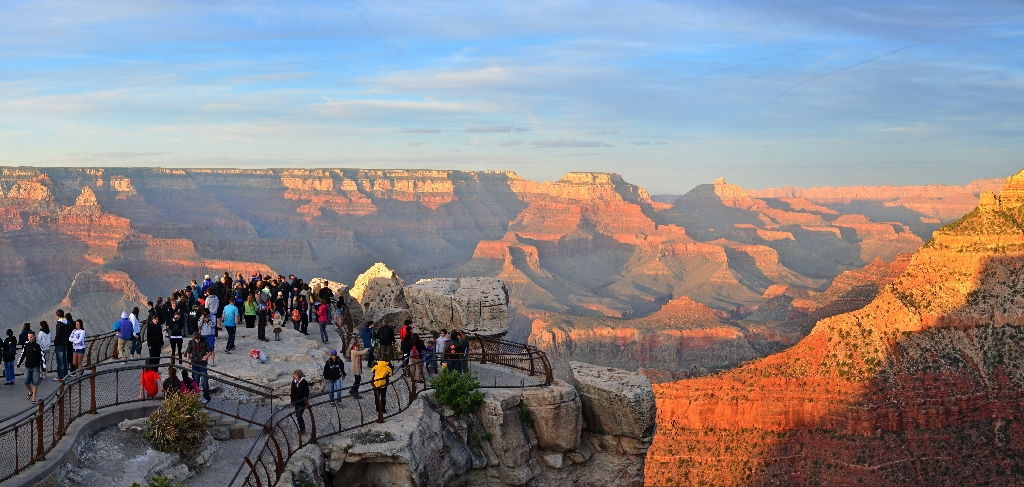
Grand Canyon

Grand Teton
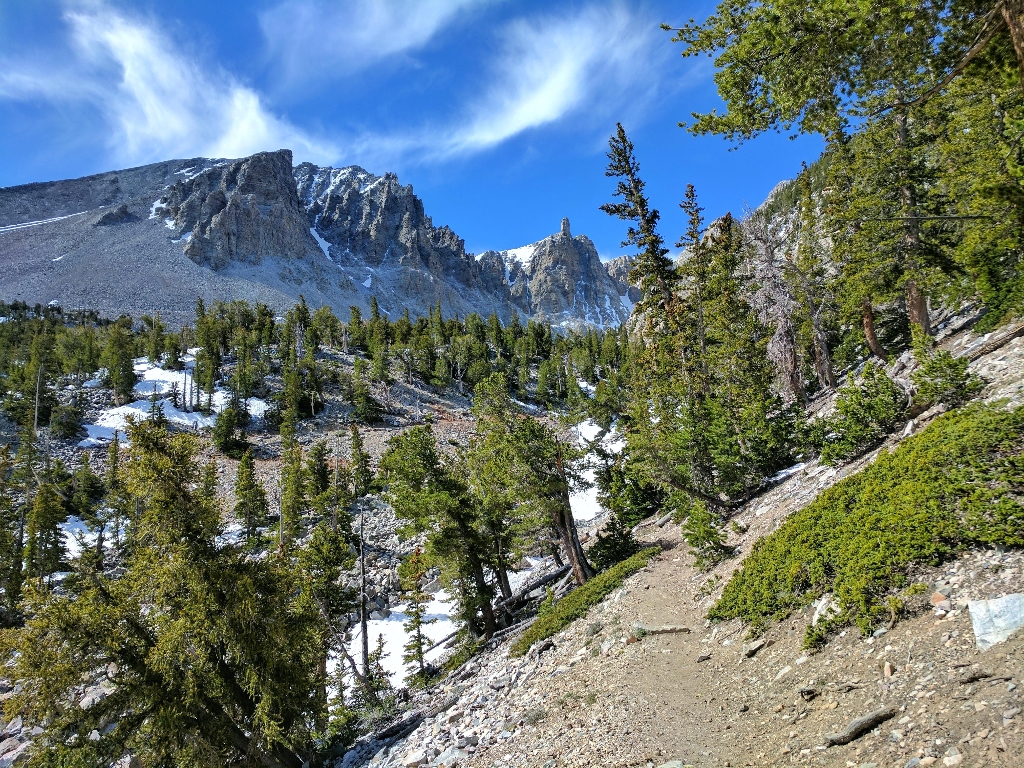
Great Basin
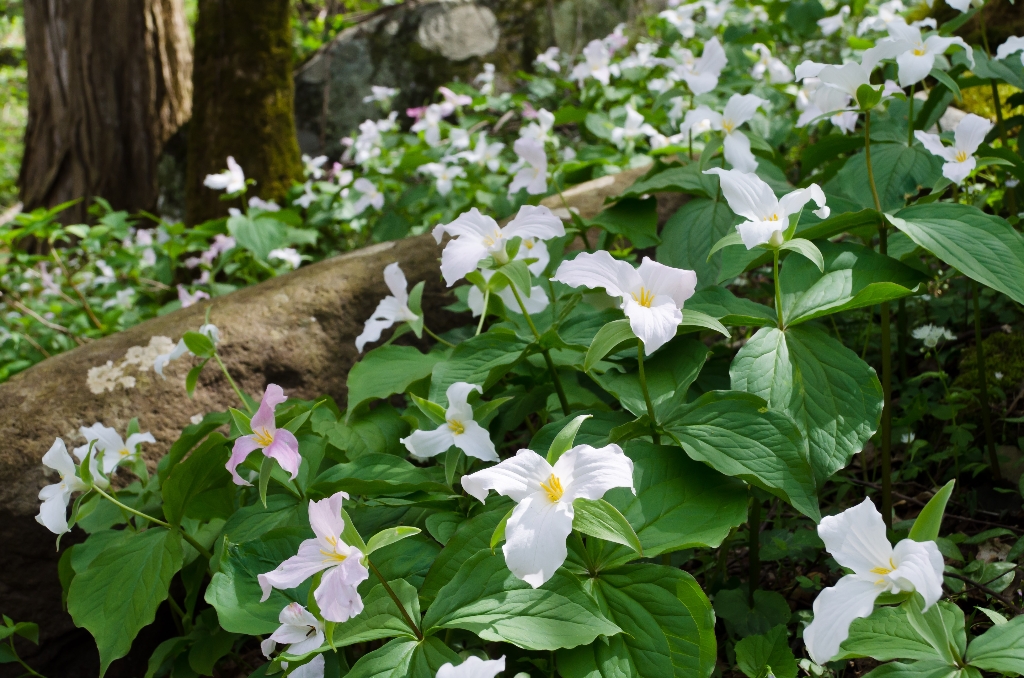
Great Smoky Mountains
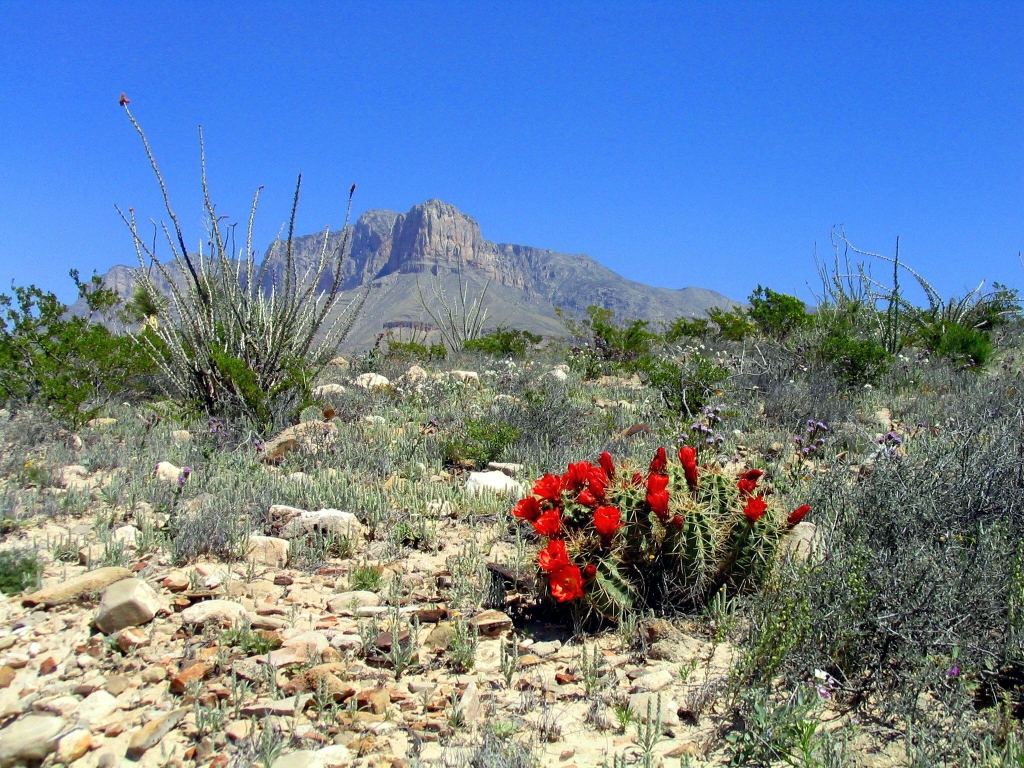
Guadalupe Mountains

Haleakalā
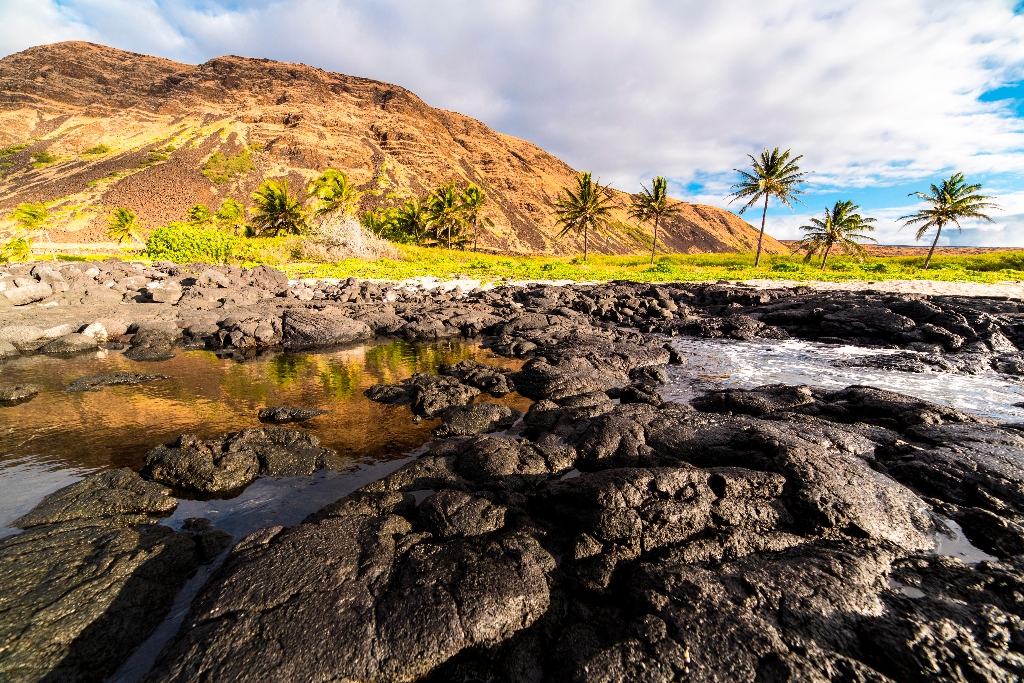
Hawaiʻi Volcanoes

Hot Springs
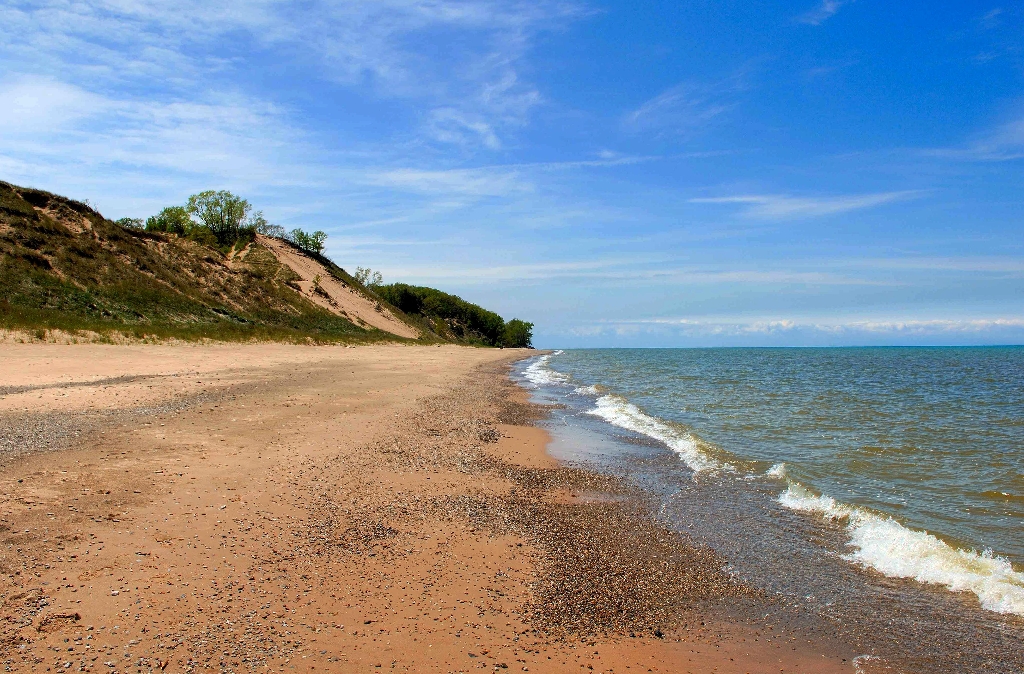
Indiana Dunes
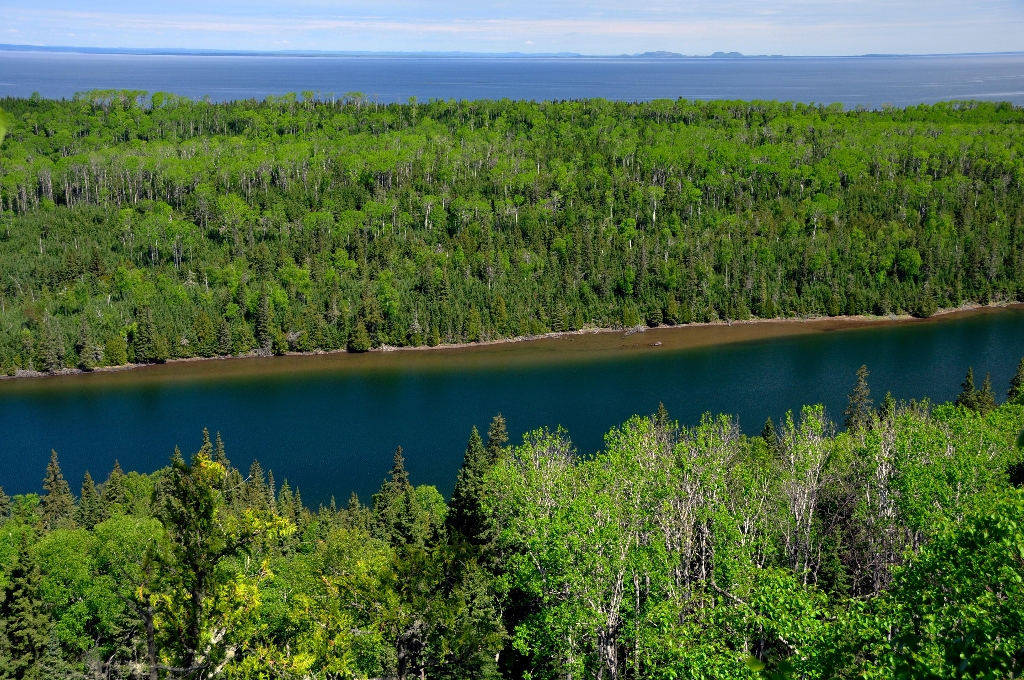
Isle Royale
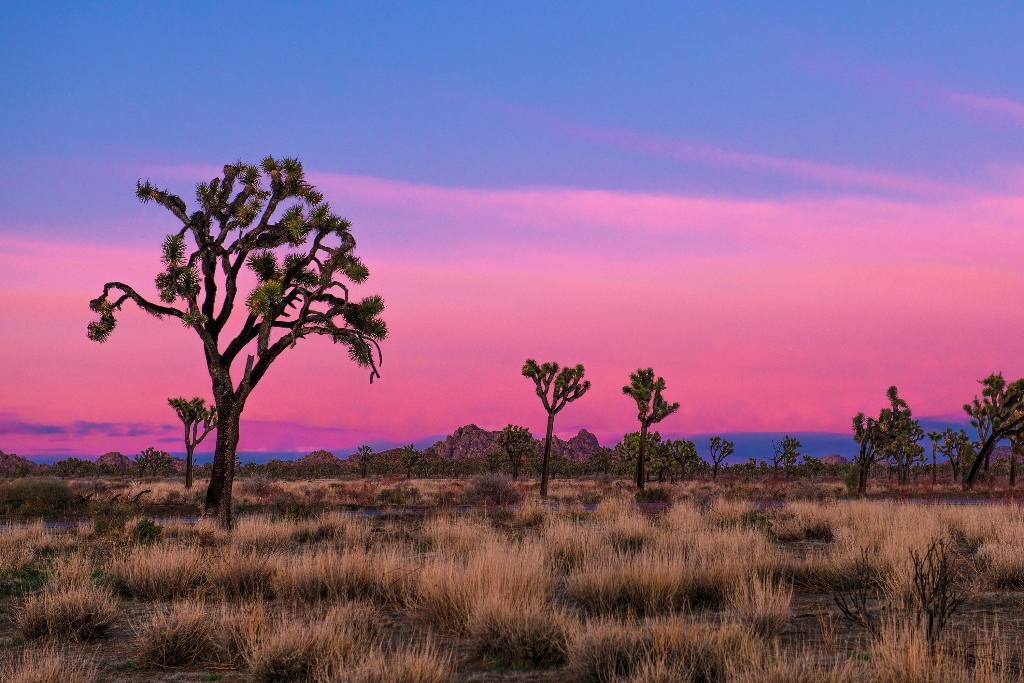
Joshua Tree

Kenai Fjords

Kobuk Valley
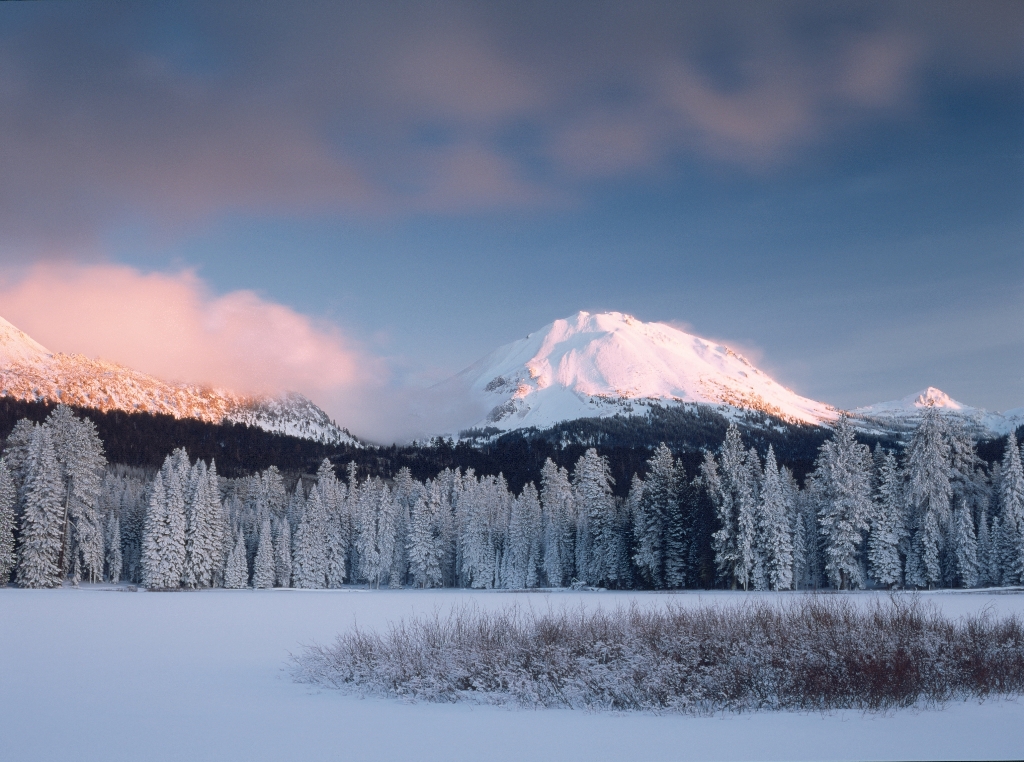
Lassen Volcanic
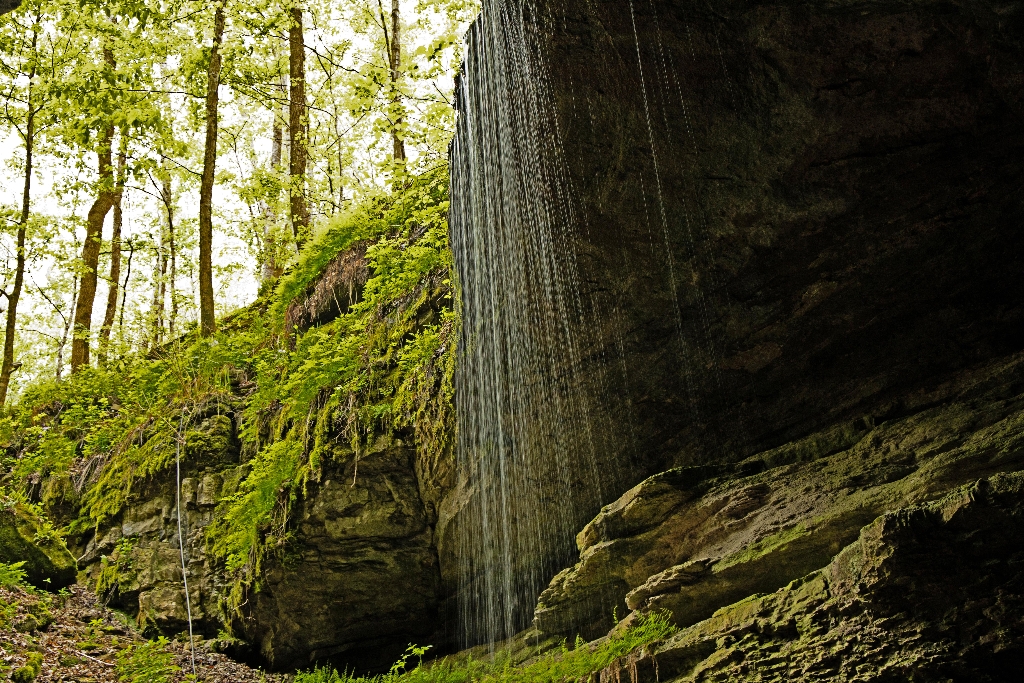
Mammoth Cave
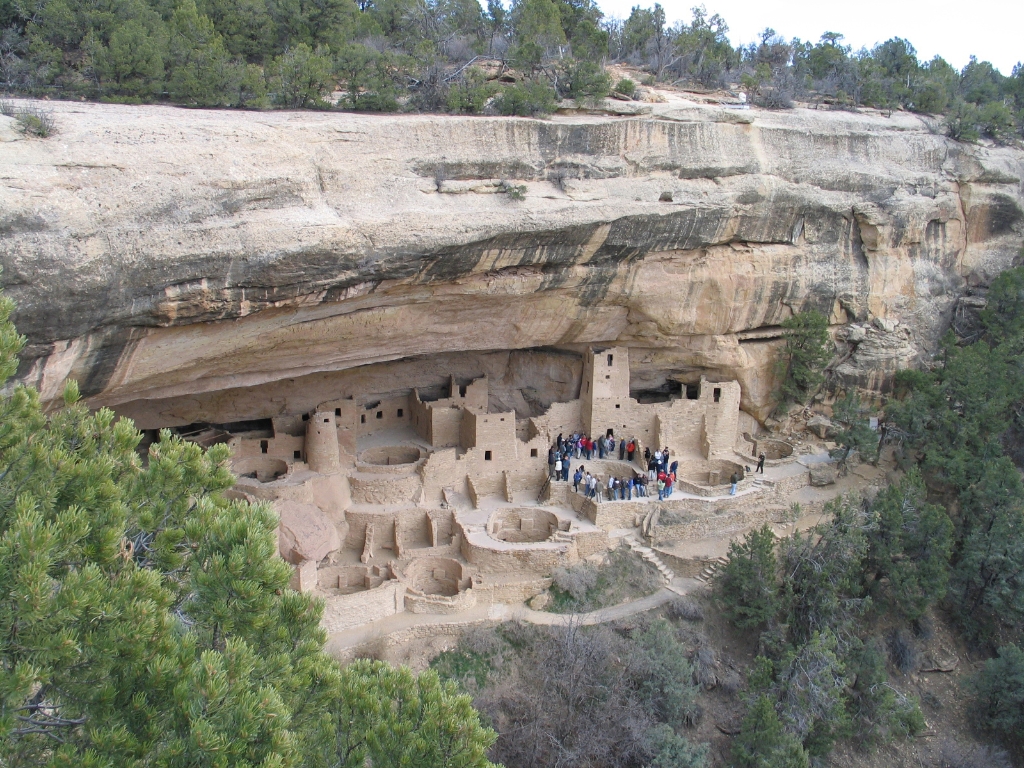
Mesa Verde
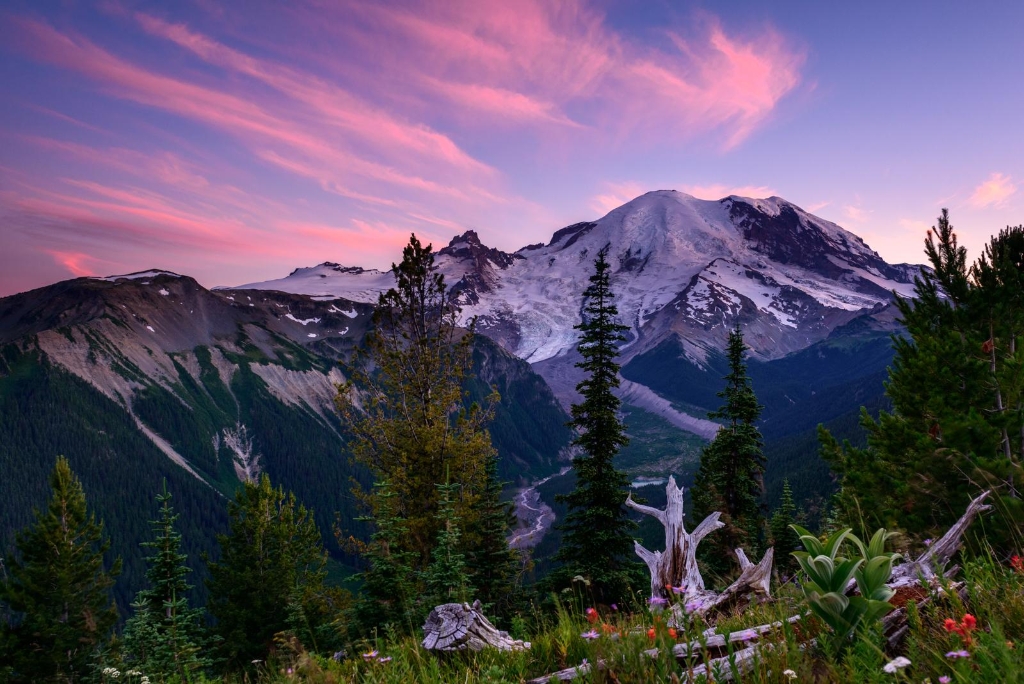
Mount Rainier
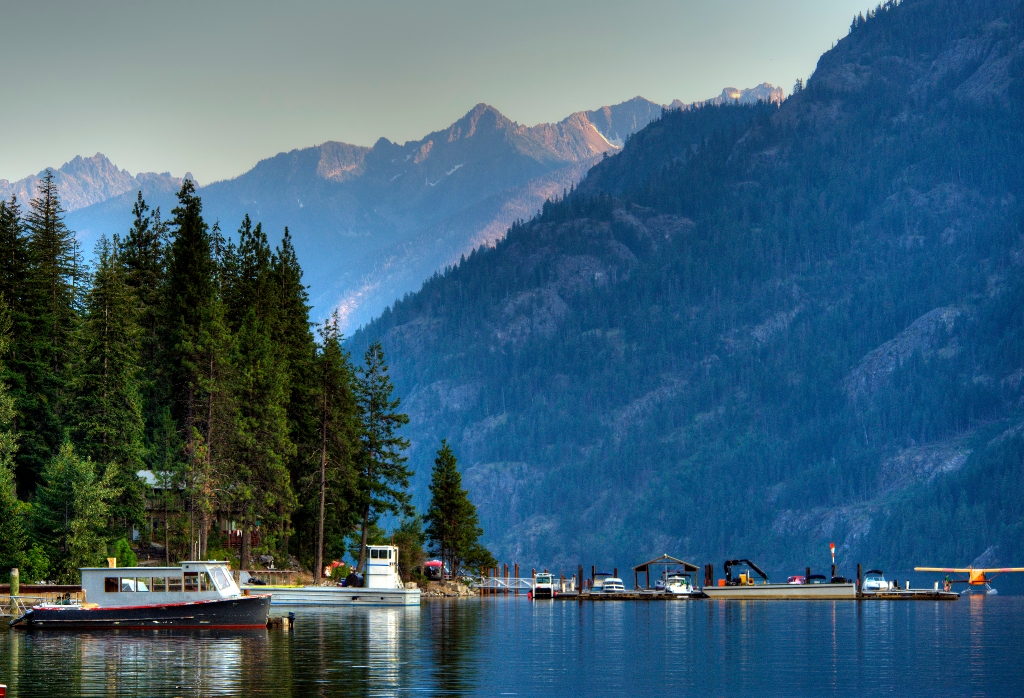
North Cascades

Olympic
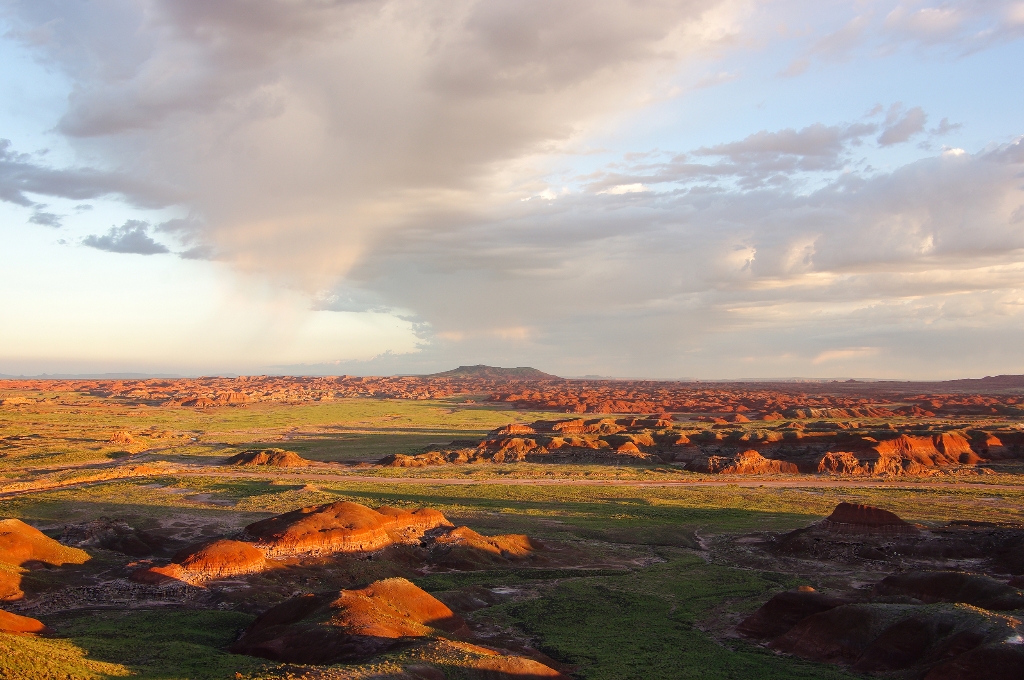
Petrified Forest
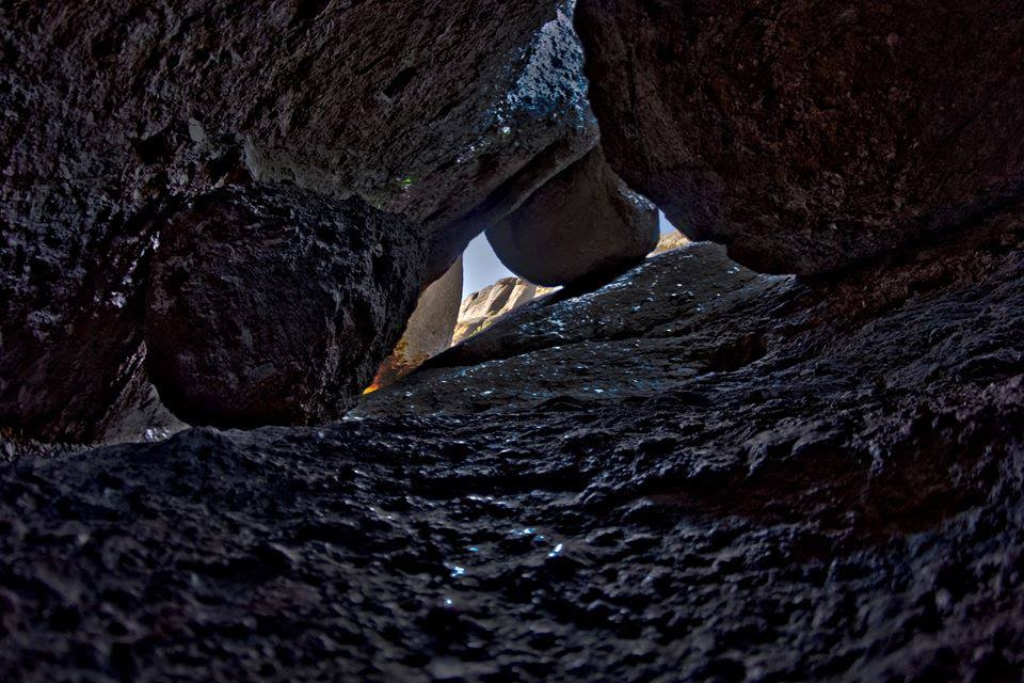
Pinnacles
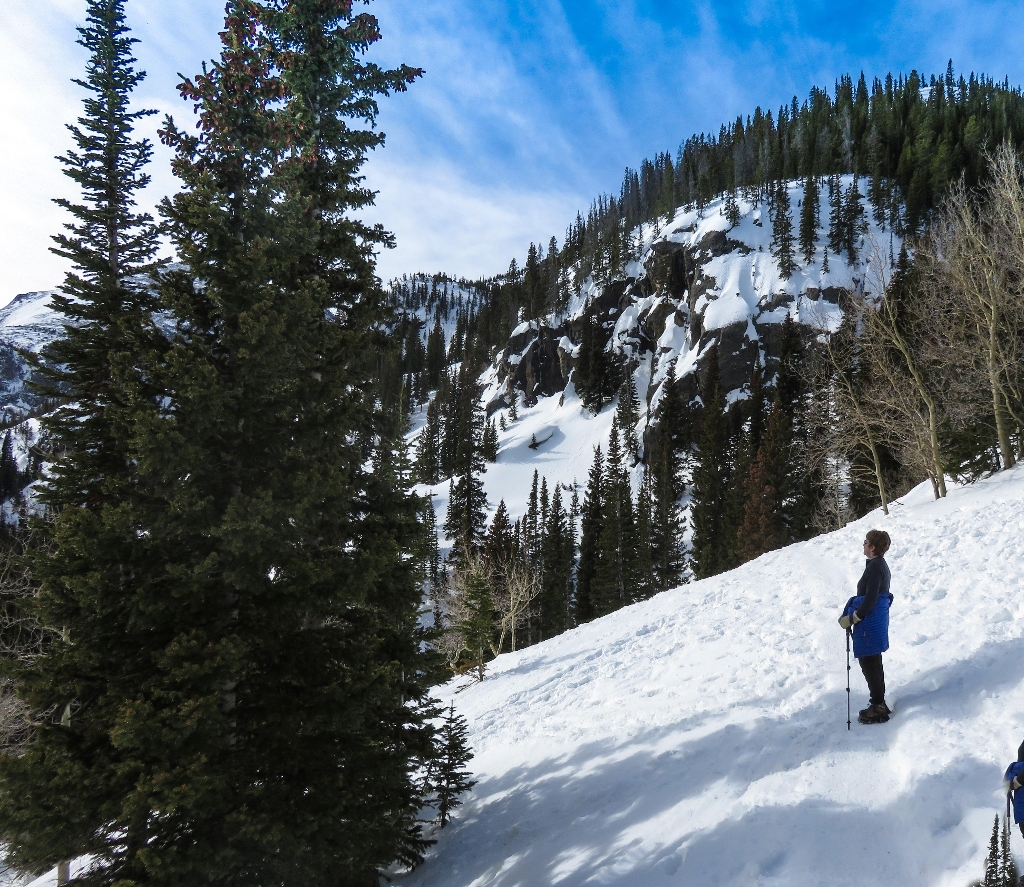
Rocky Mountain
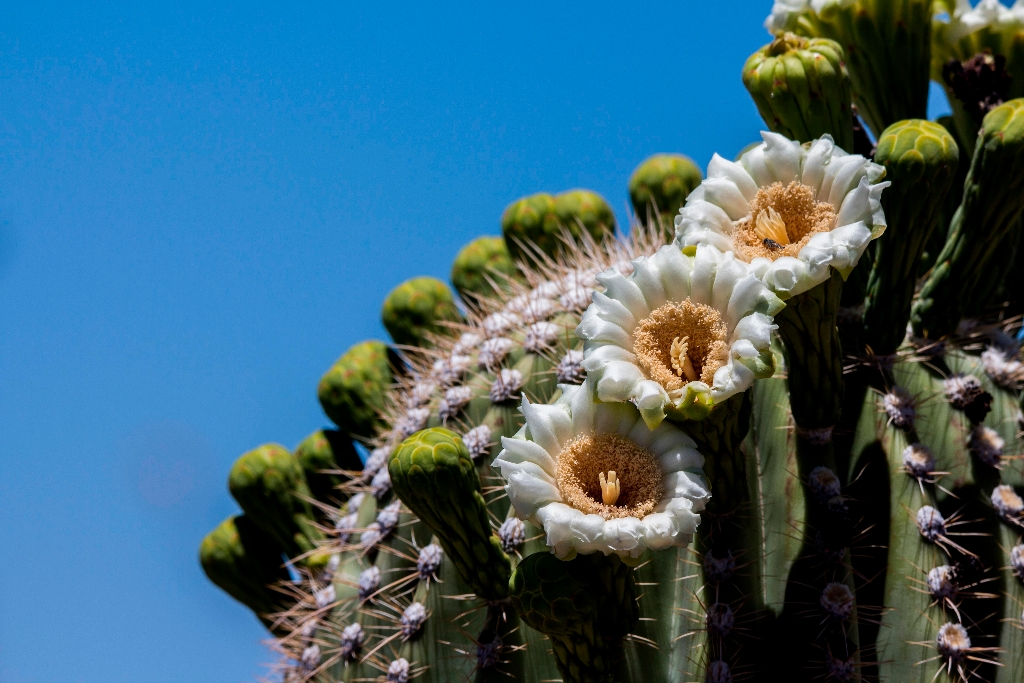
Saguaro
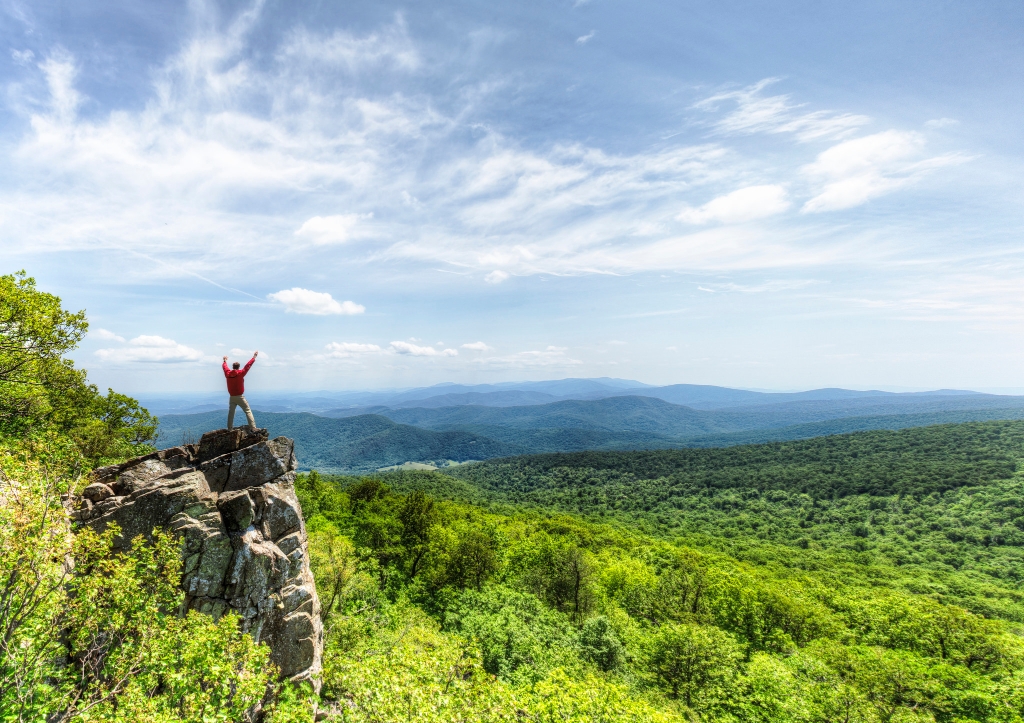
Shenandoah
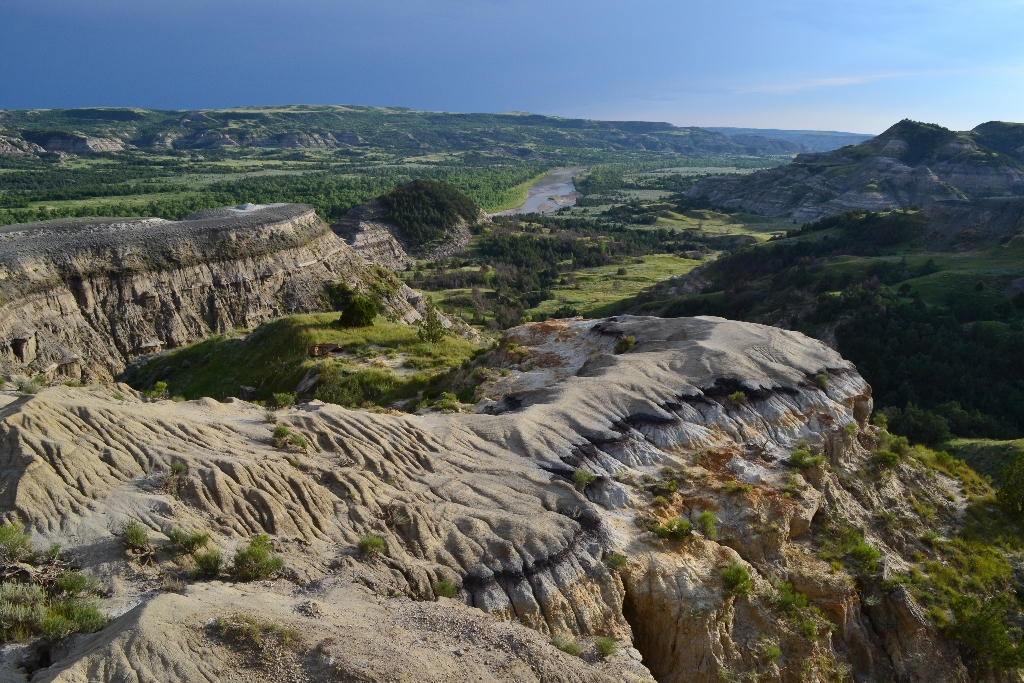
Theodore Roosevelt
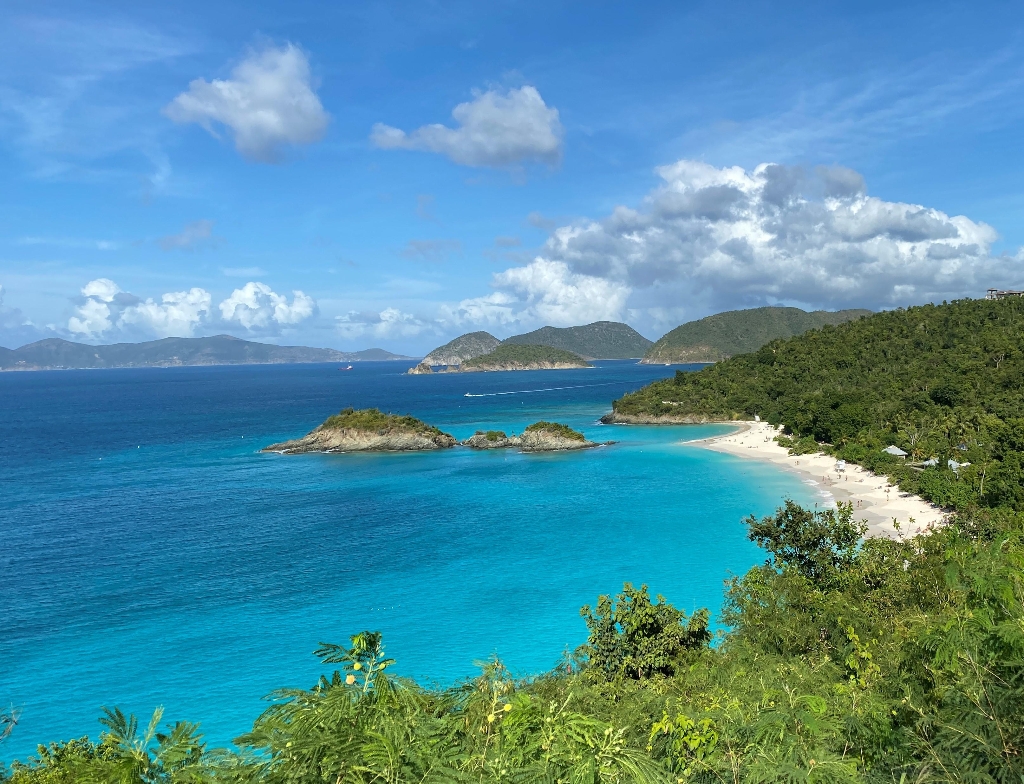
Virgin Islands
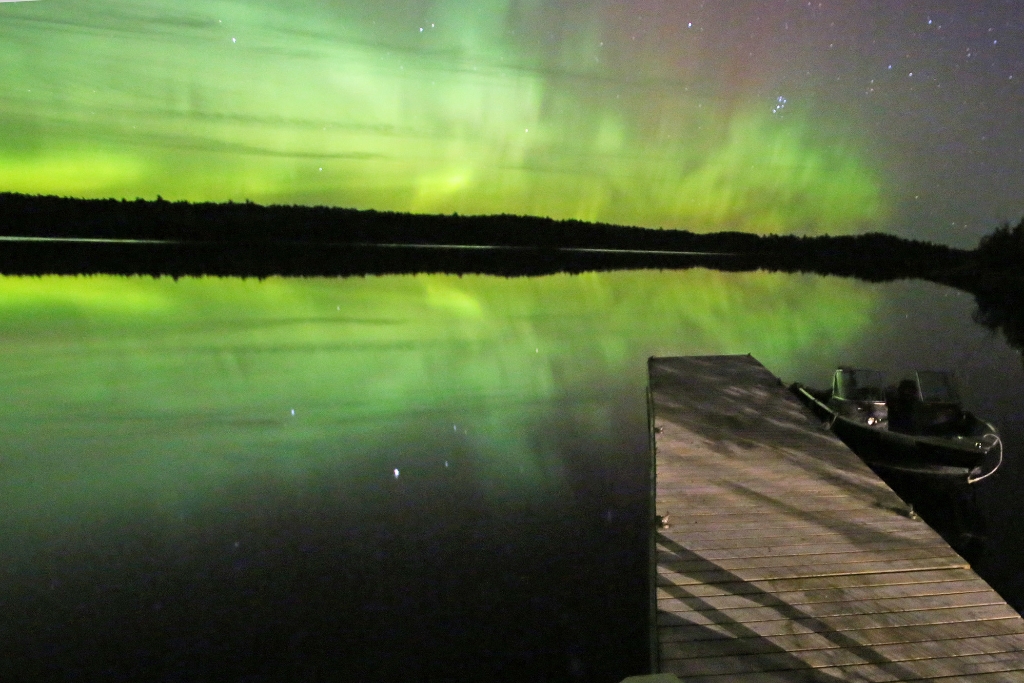
Voyageurs
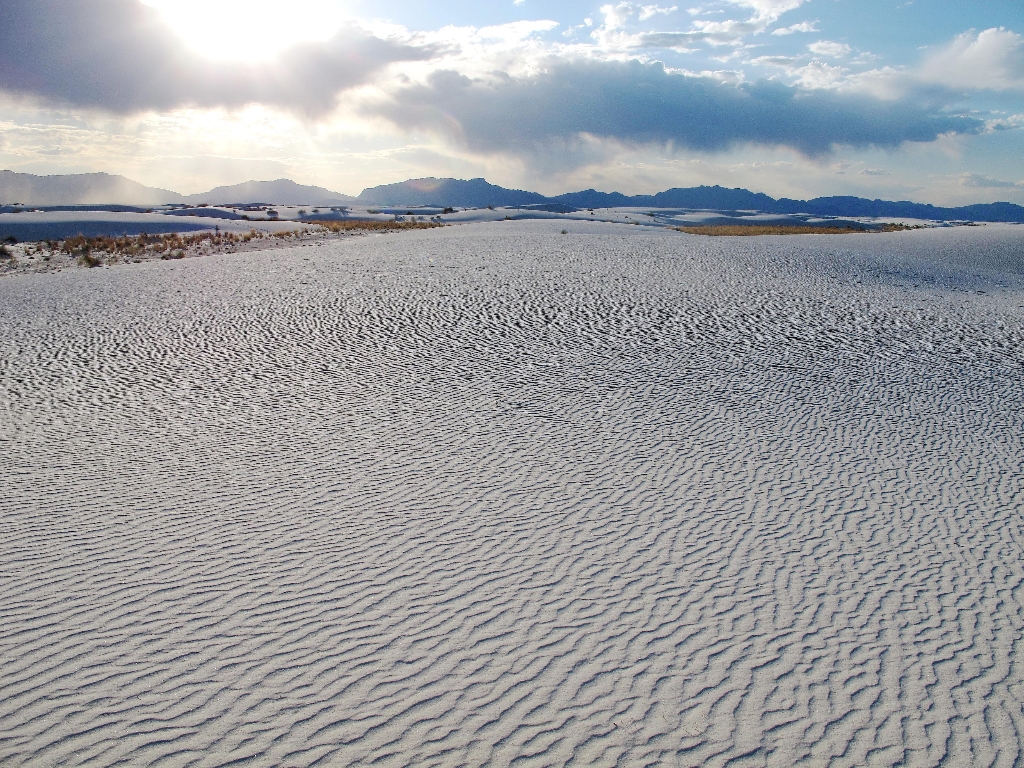
White Sands
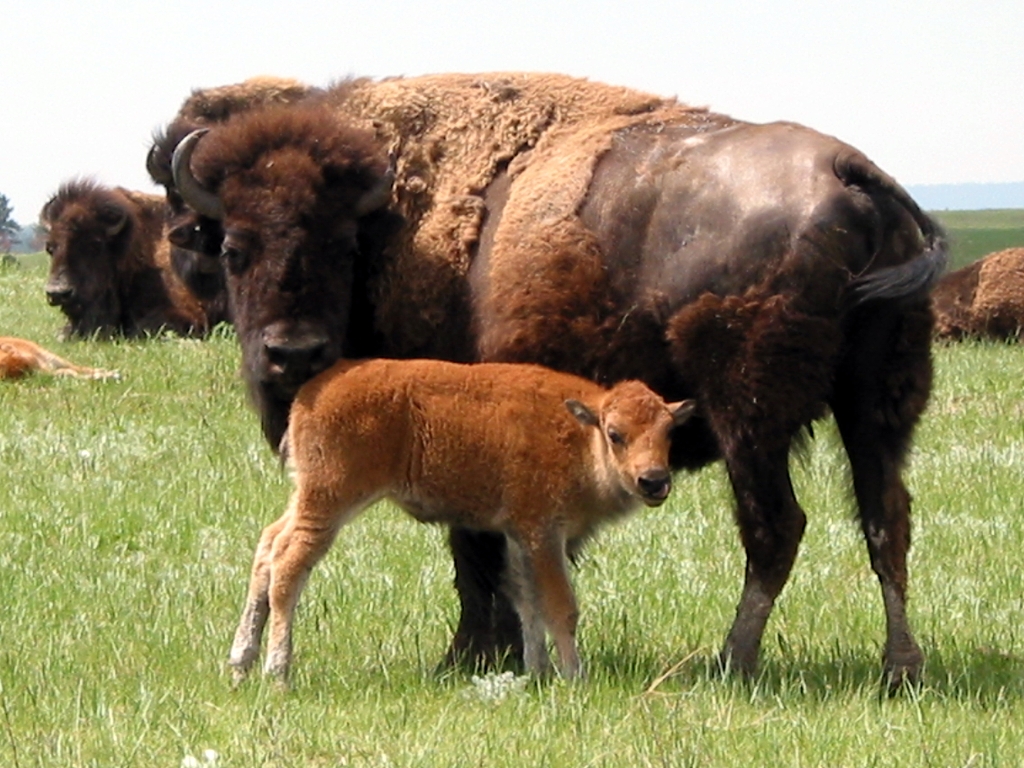
Wind Cave
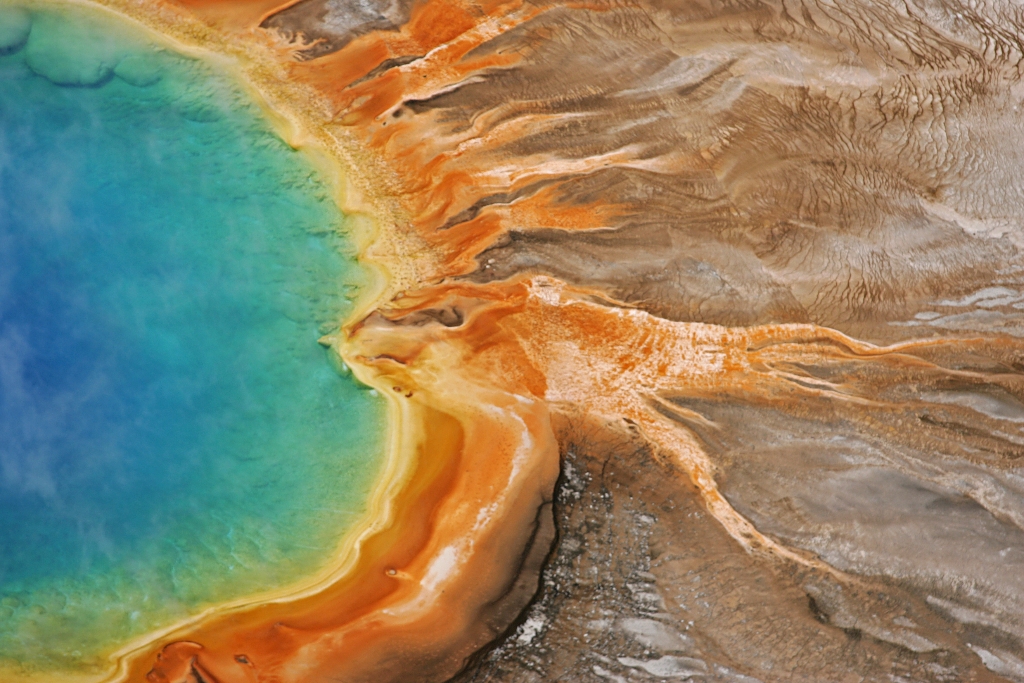
Yellowstone
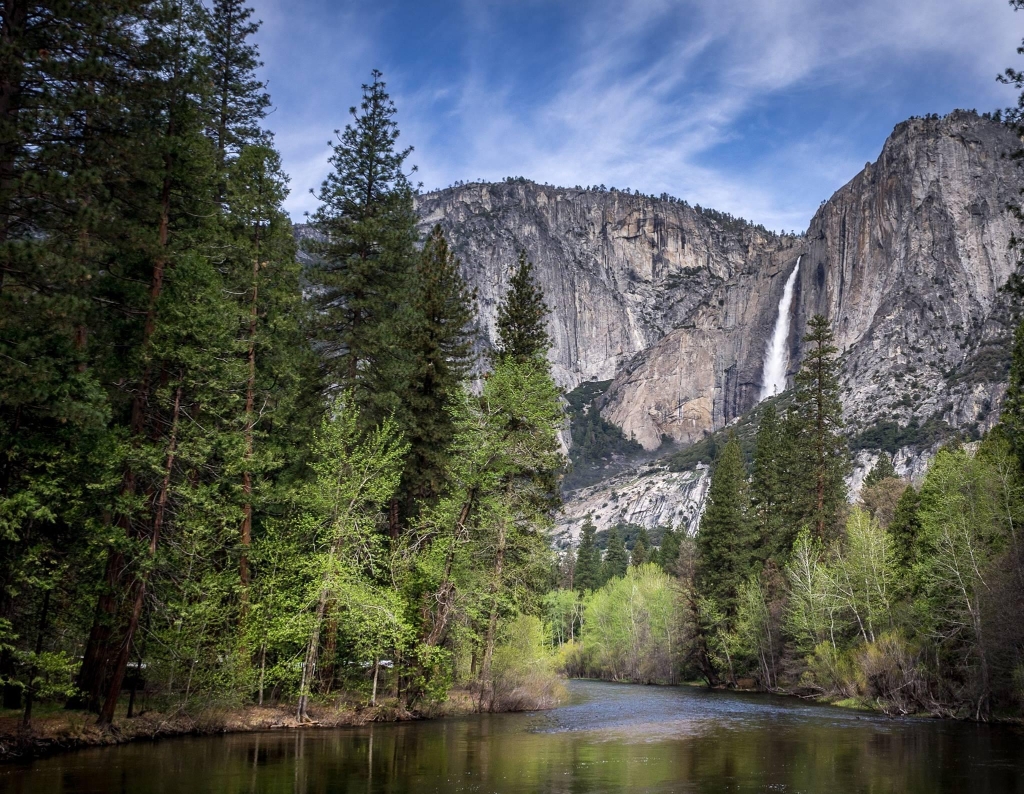
Yosemite

Zion